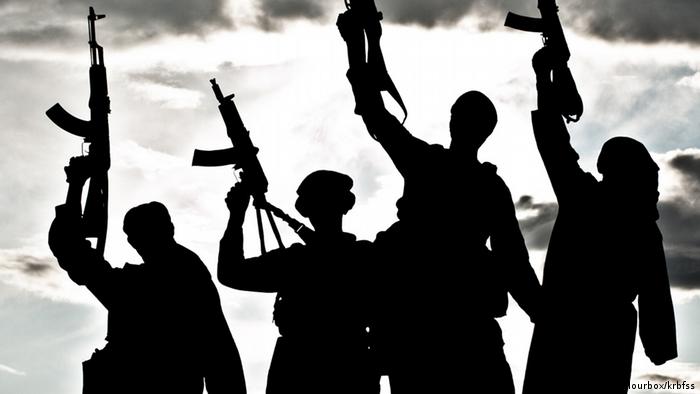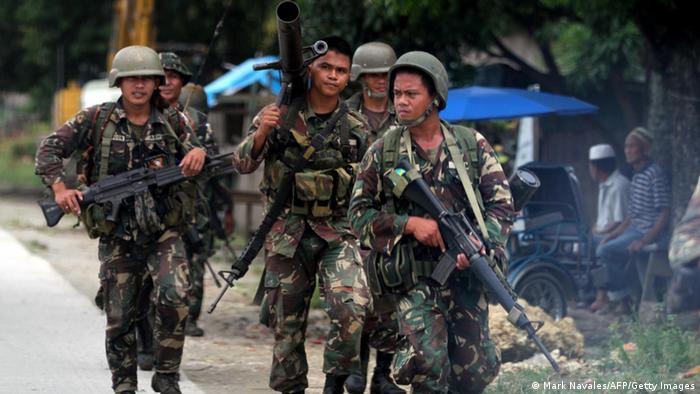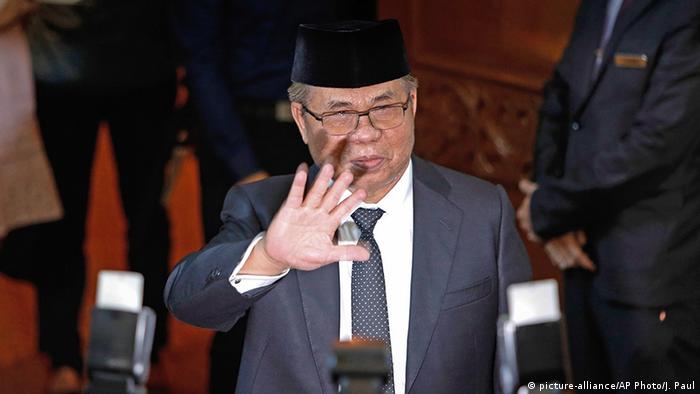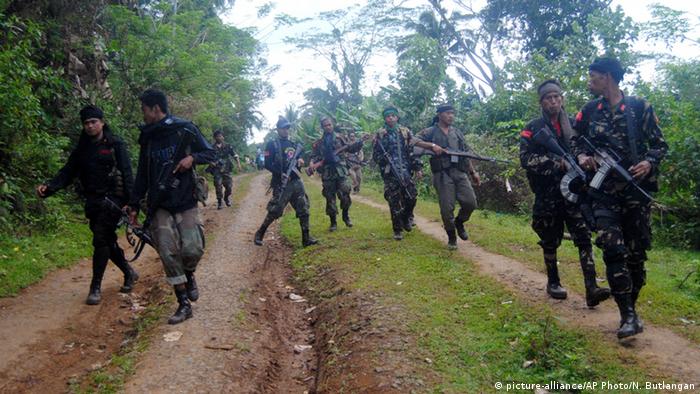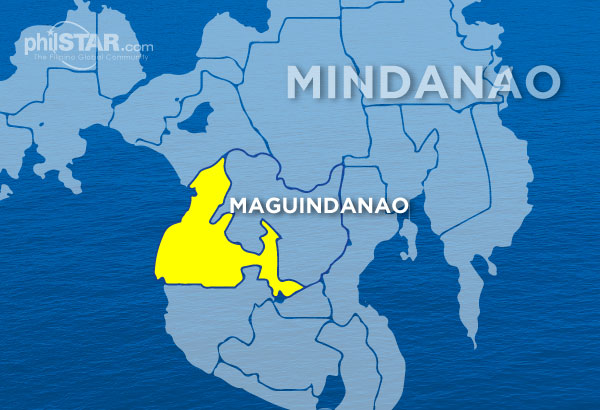MILF Chair Murad Ebrahim’s press conference in Kuala Lumpur on March 7 is timely, as it is a necessity. The venue is perfect. The news generated therefrom were picked up or carried widely by international media services. It also dramatizes the importance of the peace process, as well as the commitment of and unwavering role played by Malaysia.
Frankly, it does not pay to underestimate the toxic effects of frustration or the threat of these radicals, say the Islamic State of Iraq and Syria (ISIS), taken lightly or dismissed outright. The Philippine military is still in a state of denial. We do not know whether this is the right approach, or this would give space to the radicals to grow, simply because the public is not given the wake-up call.
It is a bonus to the military that both the BIFF/BIFM and ISIS-inspired youths in Palembang, Sultan Kudarat, and Butig, Lanao del Sur had openly announced their existence in video or in you-tube which they freely distributed to the public and the media. They seemed to have carried or inherited to this day the so-called tradition of Moros that when they have secrets they will openly announce them to the people. This was one of the reasons, it was believed, why the Americans had gained so much success in the pacification of the Moro Province.
Frustration can led to many problems. One clear danger is that radicals can use it to recruit people usually the younger generations to their side. Surely, Murad said, the extremists will capitalize on growing frustration of the people over the failure of government to pass the BBL.
Right now, the government forces are fighting on many fronts in Mindanao against the Abu Sayyaf in Sulu and Basilan; ISIS-inspired youths in Lanao del Sur; and BIFF/BIFM in Maguindanao. Although labelled either as terrorists or radicals, they have proved their staying ability, especially the first two, and they are bloodying the government with their highly mobile tactics. Obviously, they have discovered that the best way to fight a conventional army is through guerrilla warfare tactics.
The MILF continues to uphold the primacy of the peace process and to abide by the ceasefire agreement. It completely stays out of the current bloody mess by repositioning its troops in Maguindanao and Lanao del Sur, so as not to be affected by the fighting.
http://www.luwaran.com/home/index.php/editorial/24-january-8-15-2016/607-chair-murad-s-kl-press-conference







